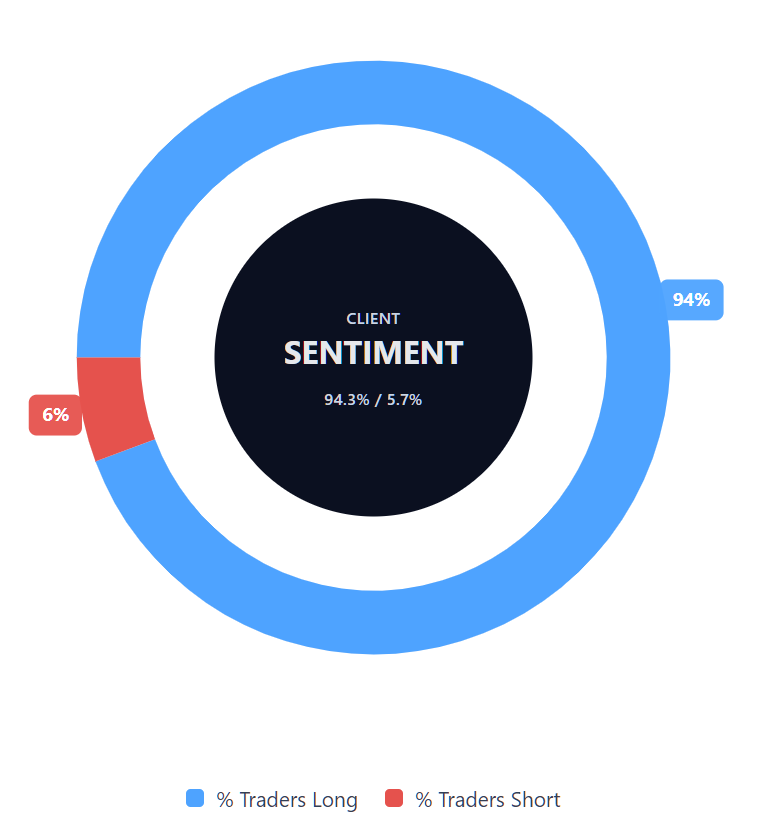Apple stock forecast: Third-party price targets
Apple (AAPL) traded at $265.91 as of 2:48 p.m. UTC on 27 October 2025, within an intraday range of $259.23–$266.19.
The price strength reflects continued demand for the iPhone 17 lineup, with reports indicating solid early sales across China and the U.S. These have helped push Apple’s market value close to $4 trillion, making it the world’s second most valuable company after Nvidia (Reuters, 21 October 2025).
Apple stock forecast: Analyst price target view
MarketBeat (analyst consensus)
According to data compiled by MarketBeat, the 33-analyst, twelve-month consensus price target for Apple Inc. is $252.87, with estimates ranging from $170 to $315. This reflects a balanced mix of moderate-buy ratings, as analysts evaluate ongoing demand for the iPhone 17 range and continued Services growth (MarketBeat, 27 October 2025).
Jefferies (house view)
Jefferies lowered its price target to $203.07, maintaining an underperform rating. The firm noted that strong iPhone 17 demand may already be reflected in the share price, limiting near-term upside amid expectations of slower iPhone 18 adoption (Investing.com, 13 October 2025).
JP Morgan (investment note)
JP Morgan increased its December 2026 target to $290 from $280 following stronger-than-expected iPhone 17 sales. Analysts said that greater confidence in the product cycle and a modest upward revision to revenue forecasts supported the change (MarketBeat, 27 October 2025).
Morgan Stanley (base and bull case)
Morgan Stanley reaffirmed its $298 base-case target and introduced a $376 bull-case scenario in an advisory note. The bank expects higher shipment volumes across the iPhone 17 and forthcoming iPhone 18 lines, supported by longer replacement cycles and new foldable models (Investing.com, 2 October 2025).
Analyst forecasts are often inaccurate, and can’t account for unexpected market events. Past performance is not a reliable indicator of future results. CFDs are complex instruments and come with a high risk of losing money rapidly due to leverage.
AAPL stock price: Technical overview
Apple (AAPL) last traded at $265.91 as of 2:48pm (UTC) on 27 October 2025. On the daily chart, the price remains above its key moving-average cluster – approximately the 20-, 50-, 100- and 200-day simple moving averages at 255.6, 244.8, 227.2 and 222.6, respectively – with the 20-over-50 alignment intact, keeping the near-term trend positive and supported across all major moving averages.
Momentum indicators remain firm: the Relative Strength Index (14) is at 66.70 (upper-neutral zone), while the Average Directional Index (14) is 25.03, indicating an established trend. The first resistance level is the Classic R1 at 266.17, with R2 at 277.71 in view if the price closes above this level on a daily basis. On pullbacks, initial support lies near the Classic Pivot at 246.06, with the 100-day simple moving average around 227 forming the next key support zone. A sustained move below this level could open the way toward S1 at 234.52 (TradingView, 27 October 2025).
This analysis is for informational purposes only and does not constitute financial advice or a recommendation to buy or sell any instrument.
Apple share price history
Apple’s share price has risen steadily over the past two years. It traded around $169.65 at the end of October 2023, moved to $230.55 by late October 2024, and stood at $265.54 as of 27 October 2025. This represents a 15.2% increase over the past year and a 56.5% gain over two years, reflecting consistent recovery in market sentiment towards Apple’s products and Services performance.
Between 2024 and 2025, the stock’s advance was supported by renewed iPhone demand, growth in Services revenue, and optimism surrounding AI-related products. While intermittent pullbacks tested support around the mid-$250 range, the price remained near the upper end of its annual range into late October 2025.
Past performance is not a reliable indicator of future results.
Capital.com’s client sentiment for Apple CFDs
As of 27 October 2025, client positioning on Capital.com in Apple CFDs currently shows 94.3% of traders holding long positions and 5.7% short. This represents an 88.6-percentage-point difference in favour of buyers, indicating prevailing long exposure among platform clients. Figures reflect open positions at the time of writing and are subject to change.

FAQ
Is Apple a good stock to buy?
Apple remains one of the world’s largest companies by market capitalisation, supported by continued demand for its products and Services. However, its share price can vary with broader market conditions, competition and product-cycle changes. Whether it fits your trading strategy depends on personal objectives and risk appetite.
Could Apple stock go up or down?
Apple’s share price may rise or fall in response to factors such as earnings results, product launches, interest rate trends and investor sentiment. Price movements are influenced by macroeconomic conditions and investor expectations, with no guarantee of future performance.
Should I invest in Apple stock?
Capital.com does not provide investment advice. Trading Apple CFDs enables speculation on price movements without owning the underlying shares. It’s important to understand how contracts for difference (CFDs) work and assess whether you can afford the potential losses. CFDs are traded on margin – leverage amplifies both profits and losses.
What factors affect Apple’s share price?
Apple’s performance is influenced by iPhone and Services revenue, innovation cycles, supply chain trends and developments in the broader technology sector. Macroeconomic data and equity market sentiment can also play a key role in shaping price direction. Past performance is not a reliable indicator of future results.